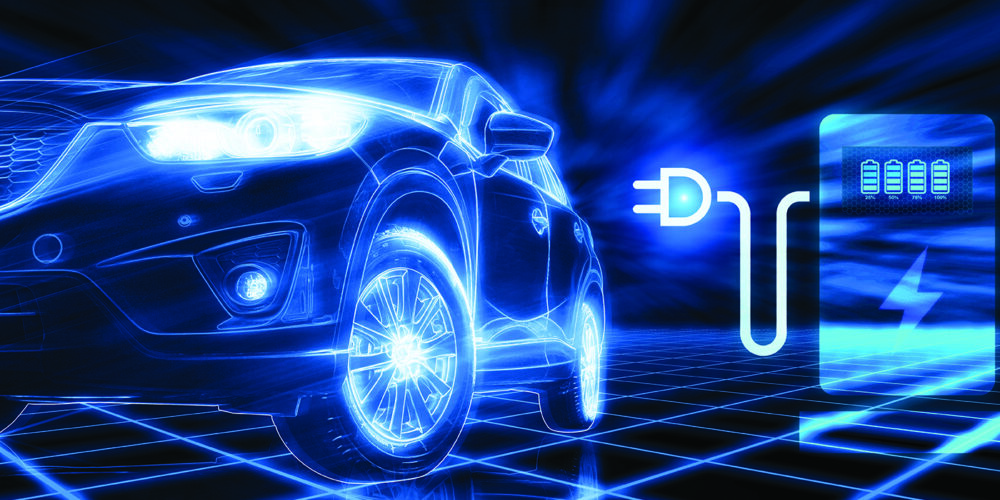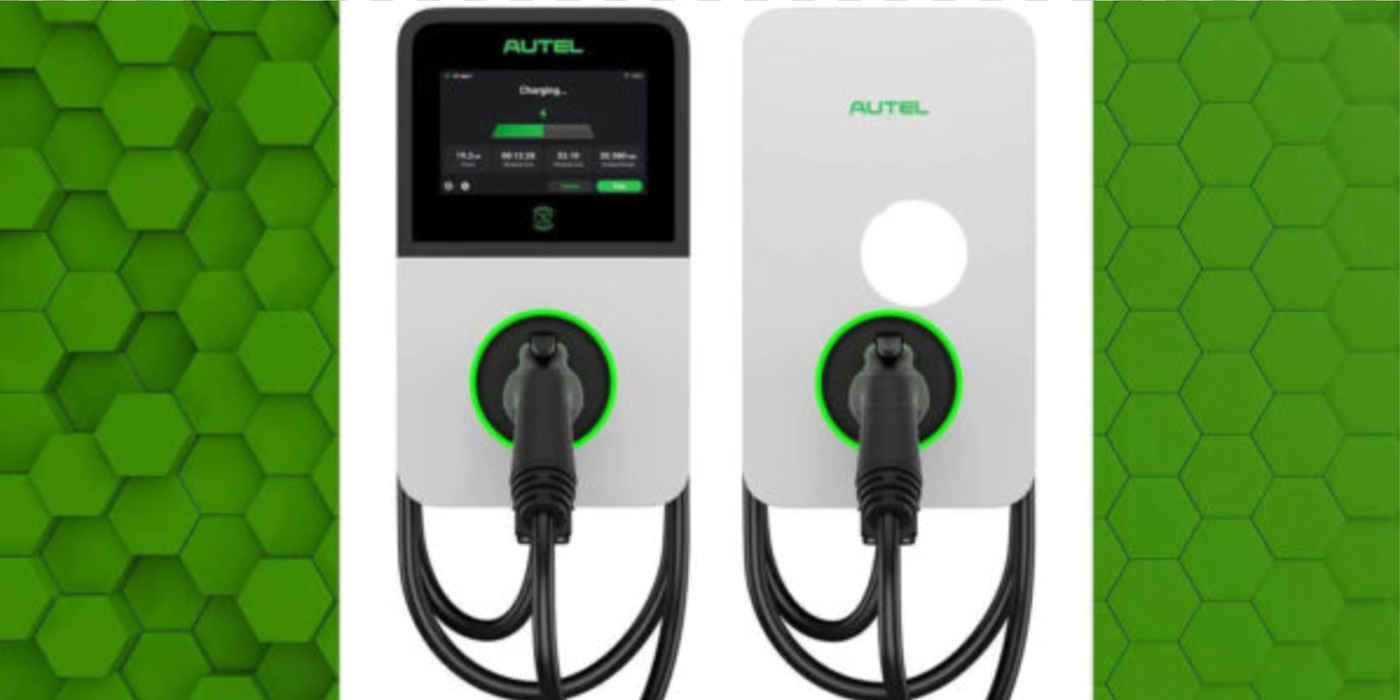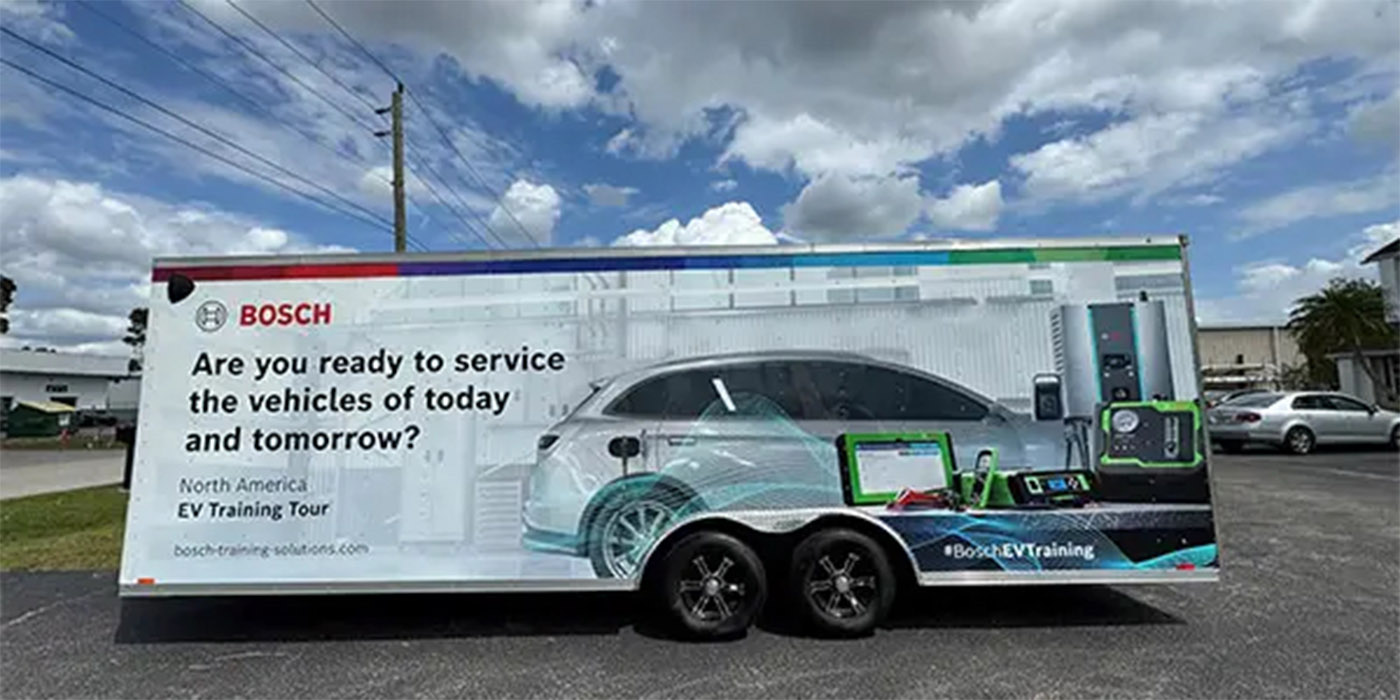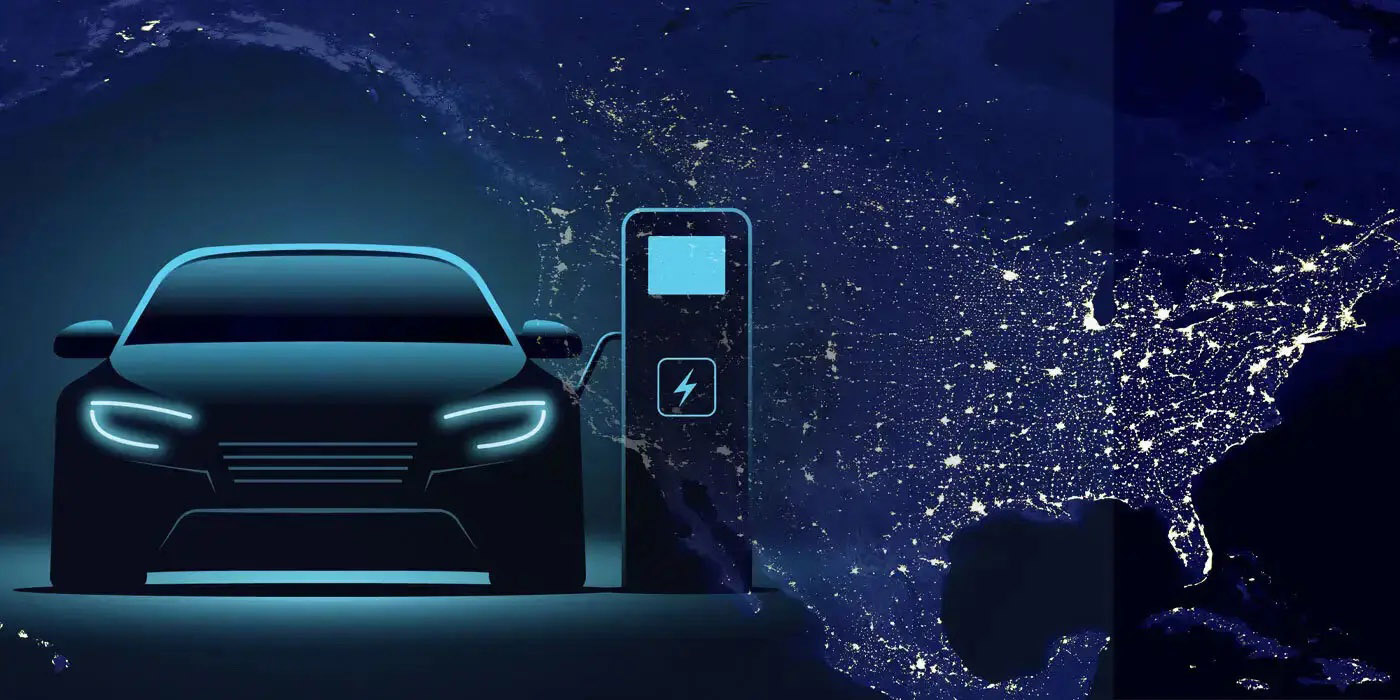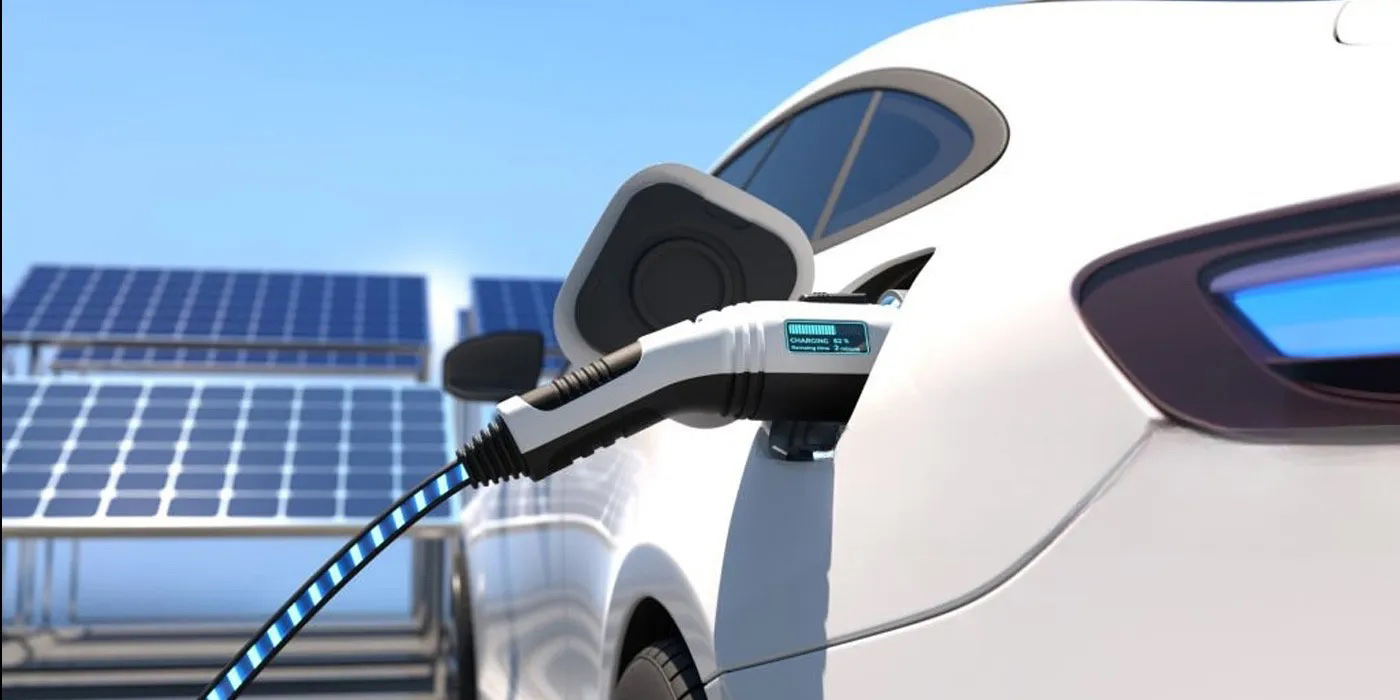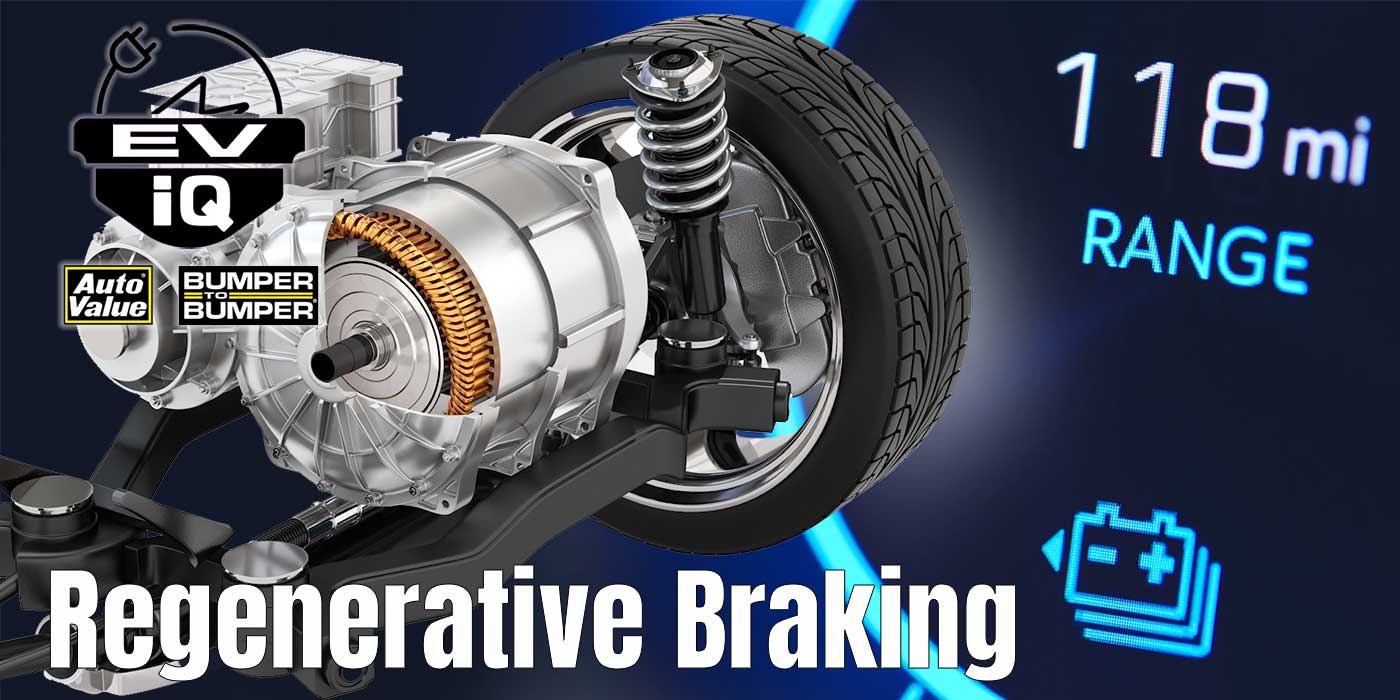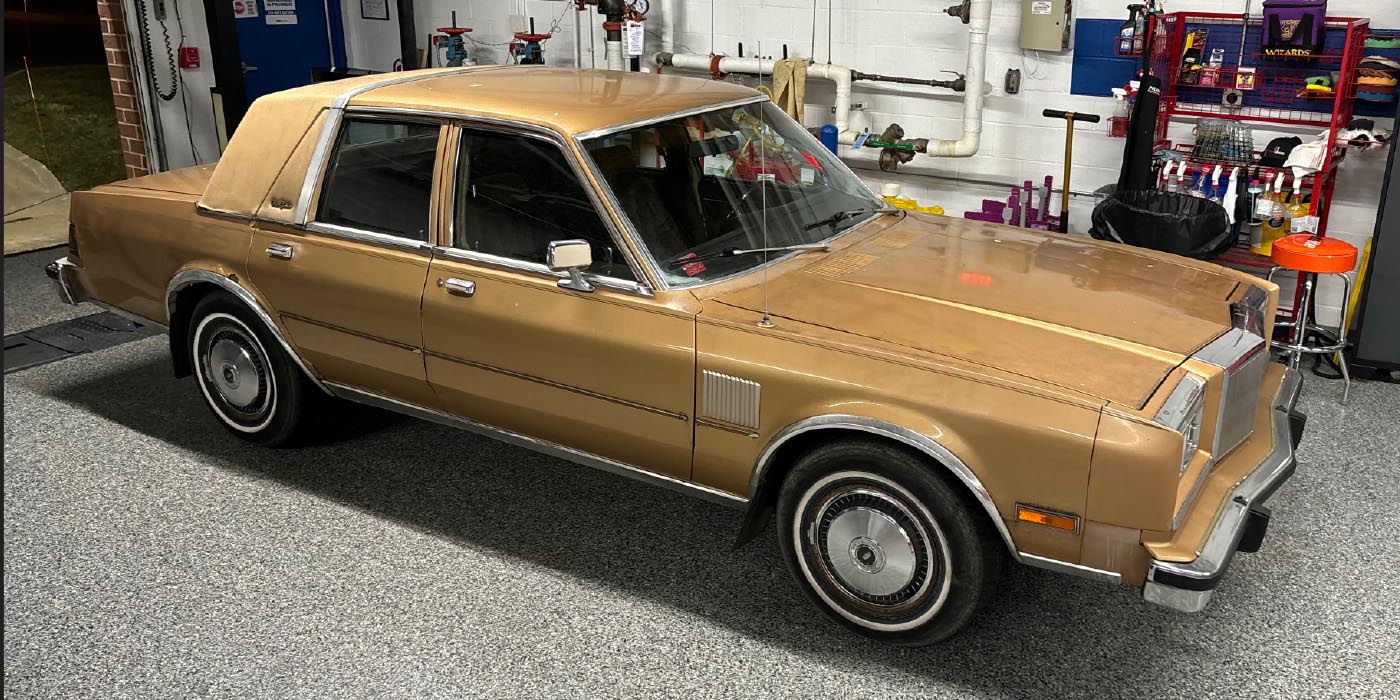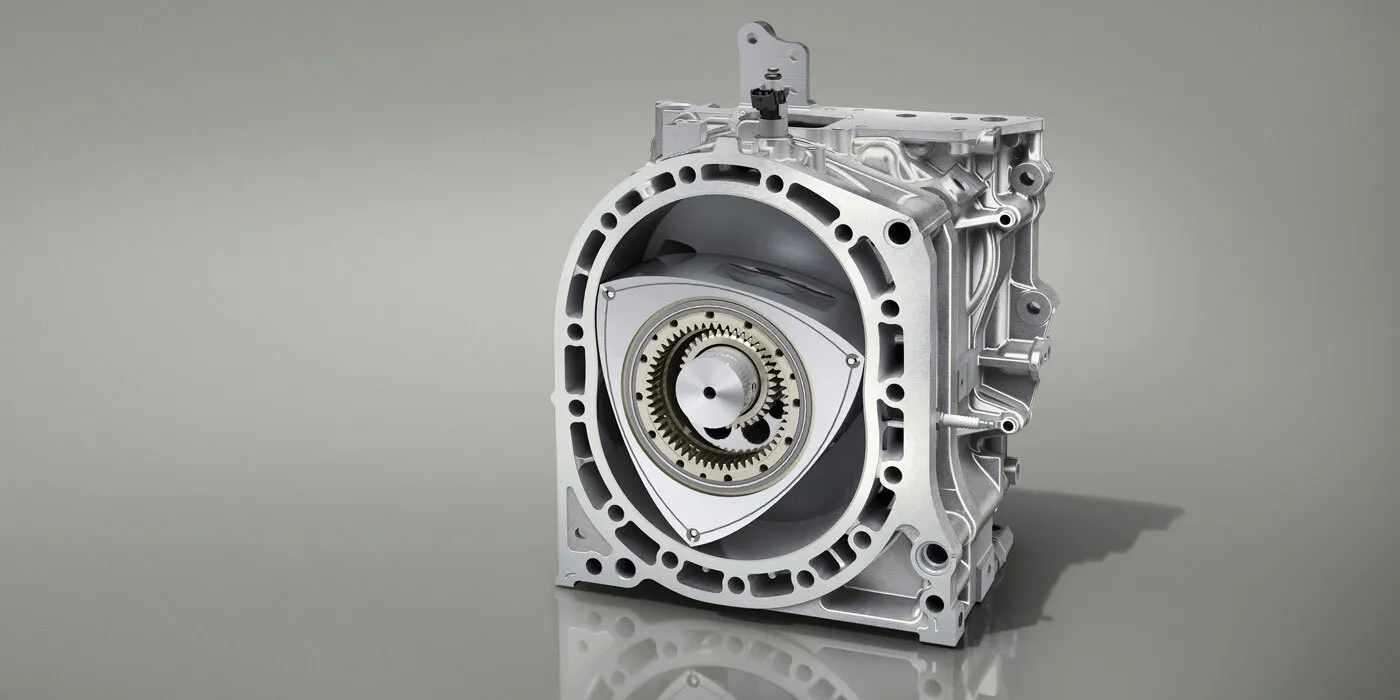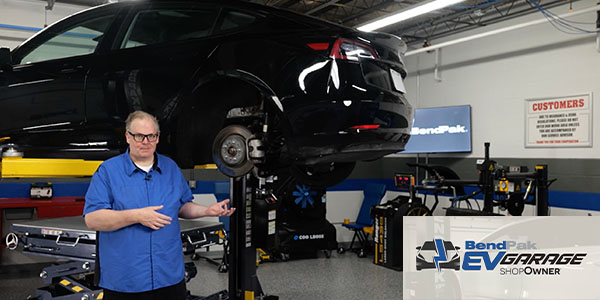General Motors Co. and Samsung SDI announced that they plan to invest more than $3 billion to build a new battery cell manufacturing plant in the United States that is targeted to begin operations in 2026.
“GM’s supply chain strategy for EVs is focused on scalability, resiliency, sustainability and cost-competitiveness. Our new relationship with Samsung SDI will help us achieve all these objectives,” said GM chair and CEO Mary Barra. “The cells we will build together will help us scale our EV capacity in North America well beyond 1 million units annually.”
“It is a great pleasure to take the very first step to create a long-term industry-leading partnership with GM in the U.S. EV market,” said Samsung SDI President and CEO Yoon-ho Choi. “We will do our best to provide the products featuring the highest levels of safety and quality produced with our unrivalled technologies to help GM strengthen its leadership in the EV market.”
The plant will have more than 30 GWh of capacity and will bring GM’s total U.S. battery cell capacity to about 160 GWh when it is at full production.
The companies plan to jointly operate the facility, and it is projected to have production lines to build nickel-rich prismatic and cylindrical cells.
According to Doug Parks, GM executive vice president, Global Product Development, Purchasing and Supply Chain, the new joint venture with Samsung SDI will leverage the capital and technology of both companies to create new competitive advantages for GM.
“We will continue to scale production and optimize the chemistry of our pouch cells for performance, range and cost using new approaches pioneered at GM’s Wallace Battery Center and by our technology partners,” he said. “The introduction of new cell form factors will allow us to expand into even more segments more quickly and integrate cells directly into battery packs to reduce weight, complexity and costs. With multiple strong cell partners, we can scale our EV business faster than we could going it alone.”
The Ultium Platform was strategically designed to accept multiple cell form factors and chemistries. For example, in China, the Cadillac LYRIQ is powered by prismatic cells applied to the same battery packs used in the U.S.
GM and Samsung SDI are not announcing the location of the plant or employment projections at this time, however, the number of new jobs in construction and operations are expected to number in the thousands. As customer demand for EVs rises, GM will continue to scale its supply chain and operations, including cell production and vehicle assembly.

